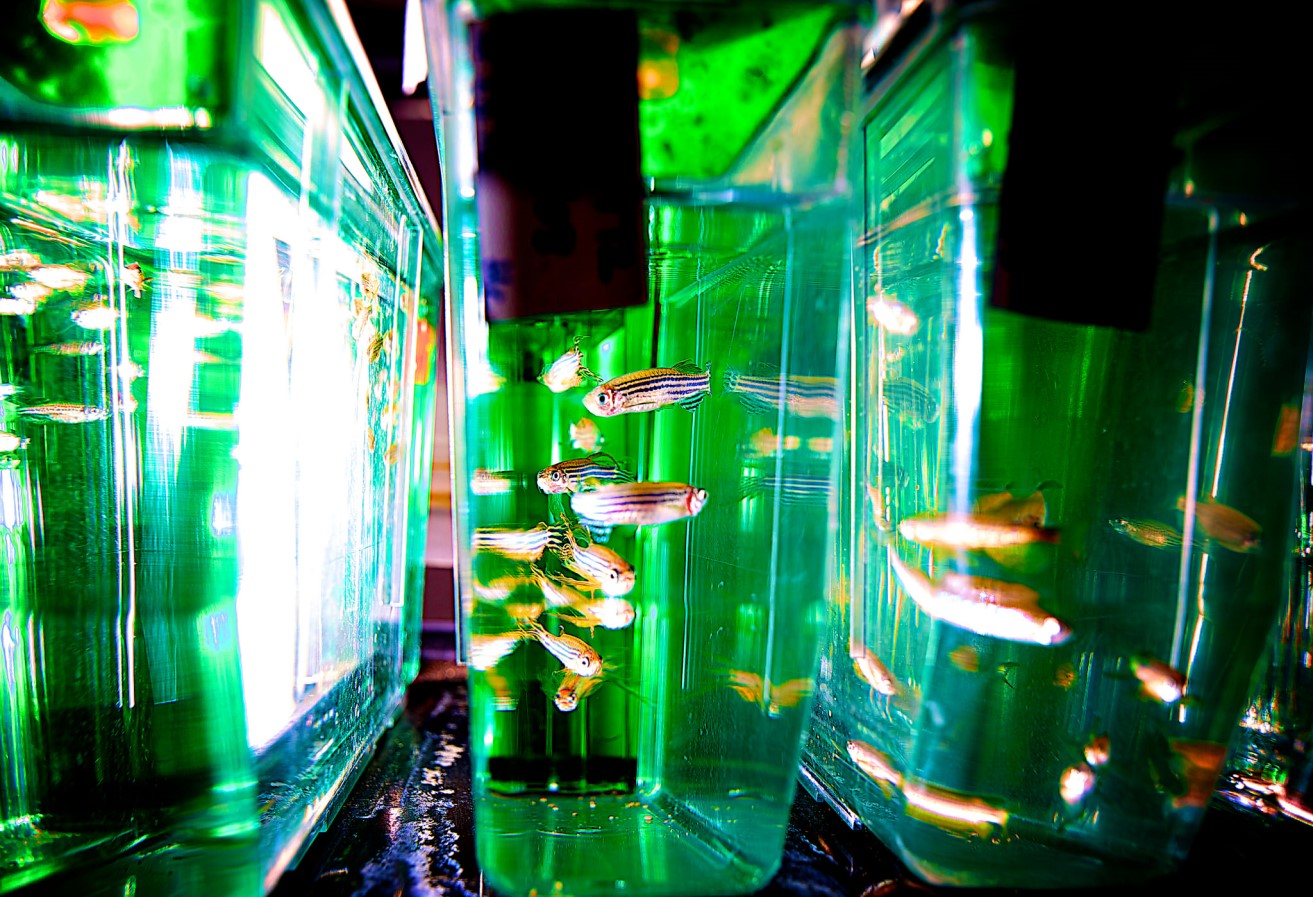 What do you do if your research data are so plentiful, detailed and complex that it would take more than a lifetime for a typically small research team to complete the analysis?
What do you do if your research data are so plentiful, detailed and complex that it would take more than a lifetime for a typically small research team to complete the analysis?
For UQ’s Centre for Advanced Imaging (CAI) the answer was to join the Zooniverse.
CAI worked with RCC on a pilot project in collaboration with the University of Oxford to develop methods for CAI to make use of the Zooniverse to crowd source the creation of a ground truth data set from its images of neuronal activity in live zebrafish embryos.
The Oxford-established Zooniverse is the world’s largest platform for volunteer-powered research with potentially hundreds of thousands of people worldwide assisting professional researchers. Zooniverse makes it easy to create experiments and recruit people to perform tasks that are difficult for computers to do alone. For example, people are often able to categorise images when it can be extraordinarily difficult to write an algorithm that does this automatically.
With the help of Zooniverse’s volunteers, a ground truth data set of active neurons was established from CAI’s imaging data. CAI’s researchers were then able to identify two sub-groups of active neurons in the zebrafish brain.
The crowd-sourced manual identification of neurons allowed CAI to develop new automated methods to detect all active neurons. Previously, this analysis was limited to detecting only those neurons that responded with a particular frequency.
CAI Senior Research Fellow Dr Andrew Janke was impressed with Zooniverse. “We found the Zooniverse interface easy to use, data analysis of the output was readily downloadable and easy to integrate into our existing workflows.”
Before joining Zooniverse, CAI had developed tools to image neuronal activity in live, genetically modified zebrafish embryos via spinning disk microscopy. Being able to detect live firing of neurons in animal models is a new technique that allows the live investigation of brain activity. A genetically modified animal is required so that the neurons can be engineered to express fluorescence when a neuron fires. Zebrafish are a good model for studying brain activity as CAI uses transparent genetic variants with the brain directly visible through the skin and skull.
The imaging quality of zebrafish neuronal processes data is exceptional in the temporal domain but at times lacking in the spatial domain. This makes the identification of individual neurons from the background signal a difficult machine vision problem.
CAI developed automated statistical classifiers to identify these neurons but there was precious little ground truth data. The data sets themselves were so large that it would have been prohibitively time-consuming for the CAI team to manually identify points.
CAI is now using the Zooniverse manually identified data to do prediction research on subsequent data in the same study without the need for further manual identification of activity.
RCC is interested in assisting other projects to make use of Zooniverse. If you have a problem that could benefit from large human cohorts, please contact RCC at rcc-support@uq.edu.au.



